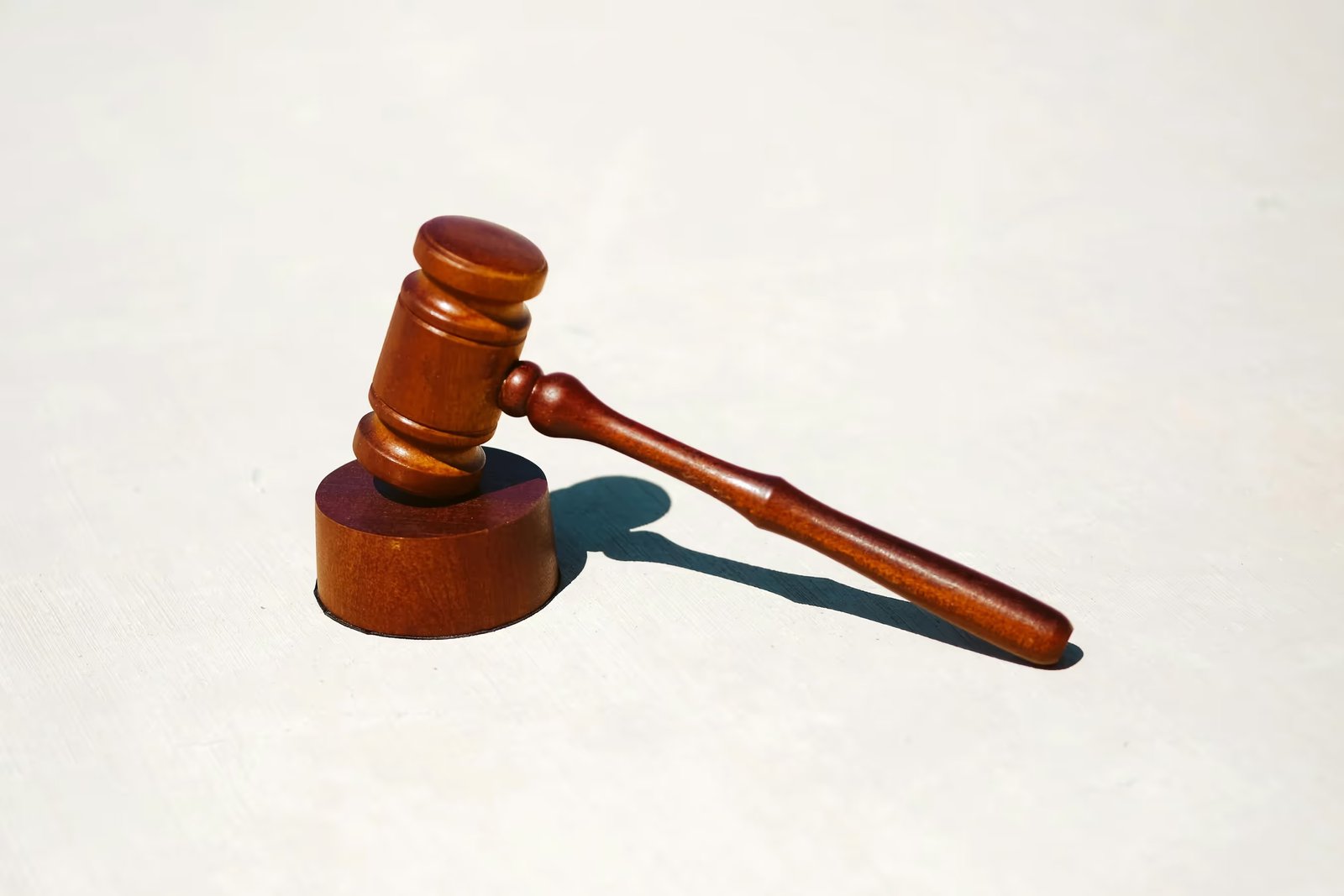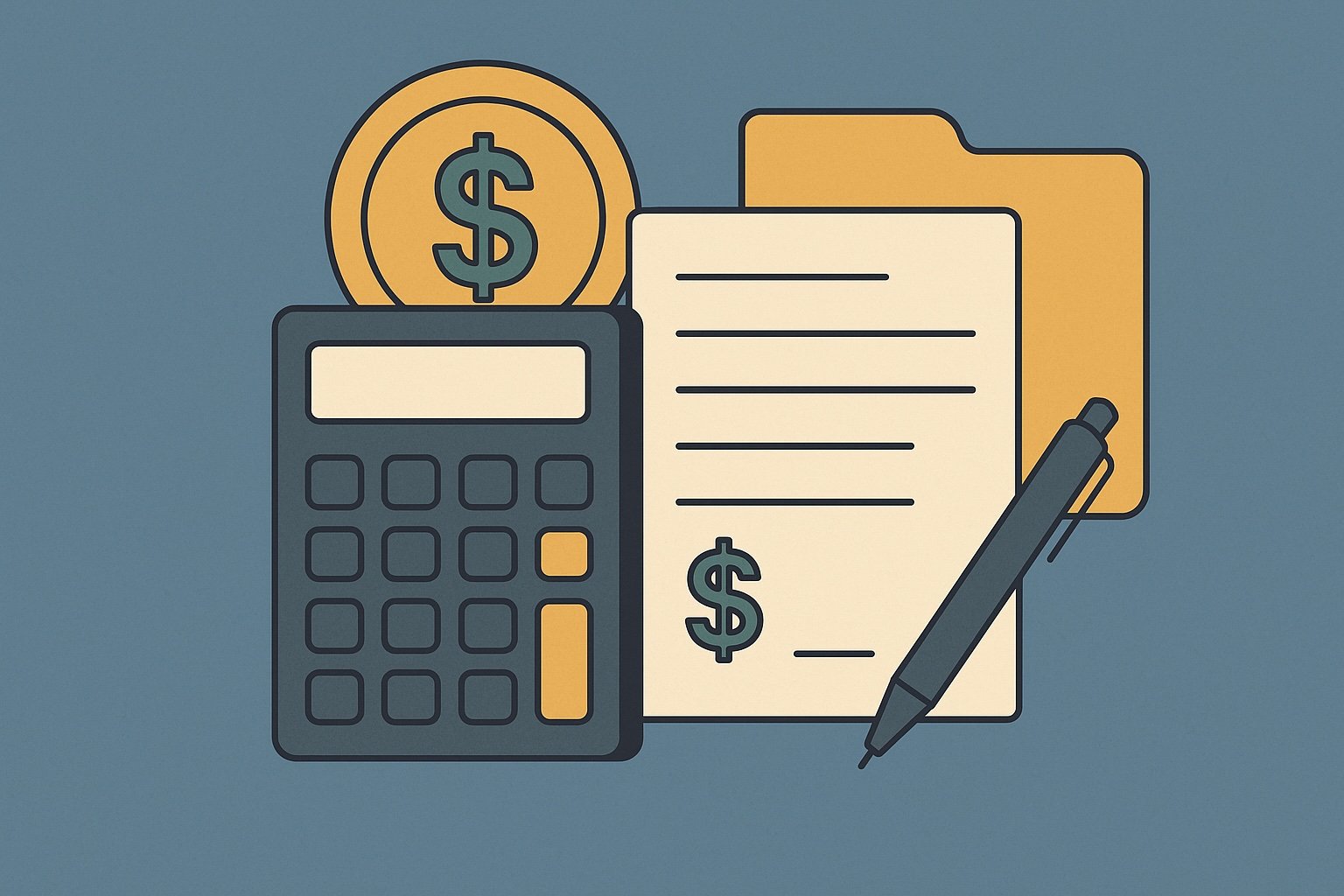Question
ARTE's Answer
When engaging in a 1031 exchange, understanding how boot is taxed is crucial for ensuring that you maximize the tax deferral benefits of the exchange. Boot refers to any non-like-kind property or cash received in the exchange, which is subject to taxation. The presence of boot does not disqualify the exchange from 1031 treatment, but it does mean that you will recognize gain to the extent of the boot received.
Boot can be categorized into two main types: cash boot and mortgage boot. Cash boot occurs when you receive cash or other non-like-kind property as part of the exchange. Mortgage boot arises when the mortgage on the replacement property is less than the mortgage on the relinquished property, resulting in debt relief.
Let's break down how boot is taxed with an example:
Imagine you own a commercial property valued at $1,000,000 with an outstanding mortgage of $400,000. You decide to engage in a 1031 exchange and find a replacement property valued at $950,000 with a mortgage of $350,000. You use Deferred.com as your qualified intermediary to facilitate the exchange.
- Cash Boot: In this scenario, you sell your relinquished property for $1,000,000 and purchase the replacement property for $950,000. The $50,000 difference in sale and purchase price is considered cash boot. This amount is taxable as capital gains because it represents proceeds from the sale that were not reinvested into the replacement property.
- Mortgage Boot: The mortgage on your relinquished property is $400,000, while the mortgage on the replacement property is $350,000. The $50,000 difference in mortgage amounts is considered mortgage boot, as you are relieved of more debt than you take on. This debt relief is also taxable as capital gains.
To calculate the total boot, you add the cash boot and mortgage boot together. In this example, you have $50,000 in cash boot and $50,000 in mortgage boot, resulting in a total boot of $100,000. This $100,000 is the amount of gain that will be recognized and taxed.
At Deferred.com, we help you navigate these complexities by ensuring that your exchange is structured to minimize boot and maximize tax deferral. By using our “No Fee Exchange” service, you can save money while ensuring compliance with IRS regulations.
To avoid or minimize boot, consider the following strategies:
- Match Property Values: Ensure that the replacement property is of equal or greater value than the relinquished property to avoid cash boot.
- Match Debt Levels: Take on a mortgage on the replacement property that is equal to or greater than the mortgage on the relinquished property to avoid mortgage boot.
By carefully planning your exchange and working with a qualified intermediary like Deferred.com, you can effectively manage boot and defer as much taxable gain as possible. If you have any specific questions about your situation, feel free to reach out to us for personalized guidance.
Have more questions? Call us at 866-442-1031 or send an email to support@deferred.com to talk with an exchange officer at Deferred.
Sources
1031 Question? Ask ARTE
Deferred's AI 1031 Research Assistant is trained on 8,000+ pages of US tax law and outperforms human CPAs by 22%+
CHAT NOW
Learn More
See more frequently asked questions about 1031 exchanges








